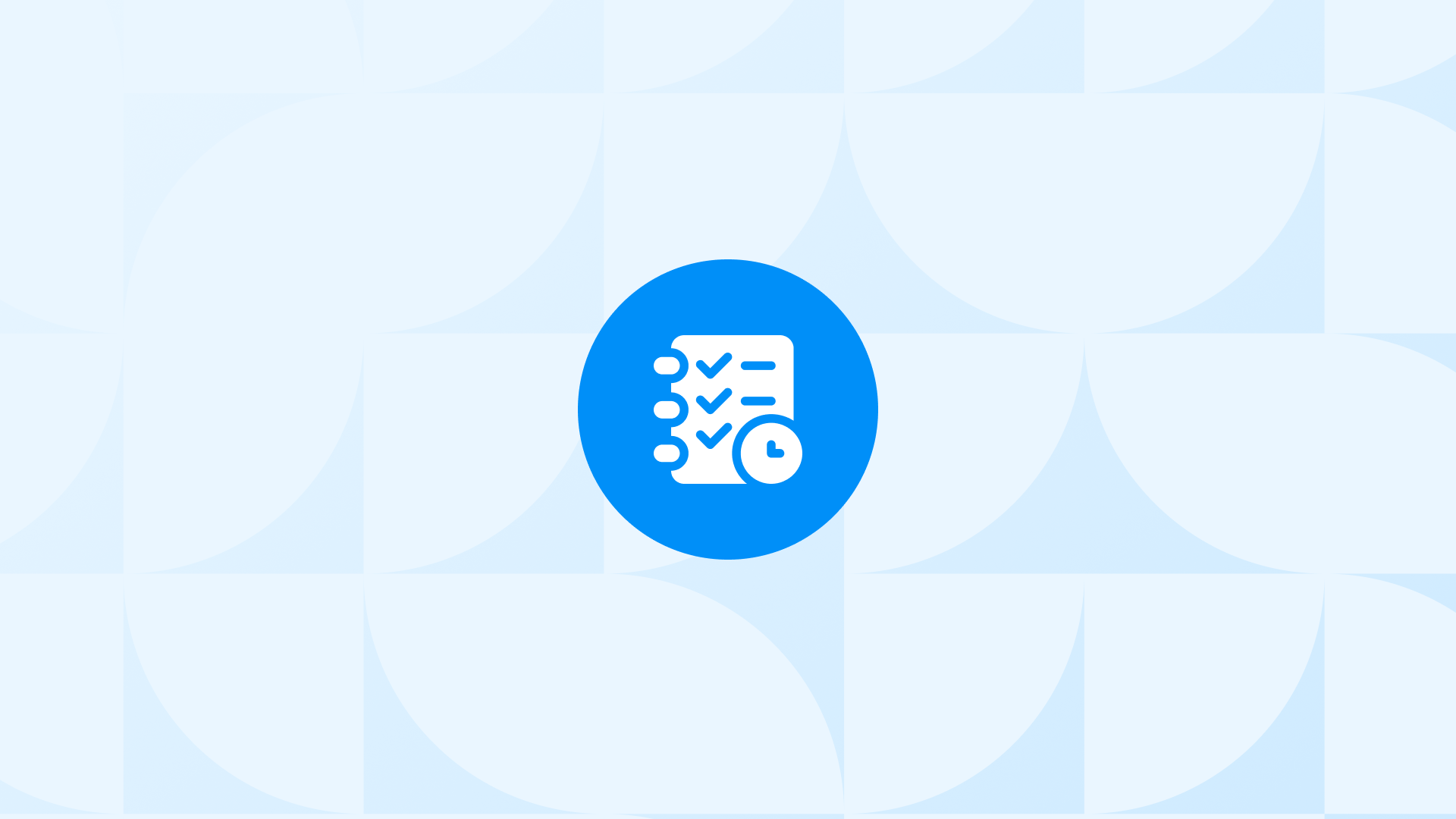Did you know that a huge majority of Shopify stores fail within their first few years?
One of the main reasons for this situation is not only the failure of their products to meet expectations but also the inability to conduct a detailed performance analysis of their Shopify store. Additionally, having data on how users interact with your Shopify Store is of critical importance for growing your store.
Before diving into the details, if you feel that you don’t have enough knowledge about GA4, we recommend taking a look at our Shopify Google Analytics 4 (GA4) Guidebook.
It will provide you with valuable information and insights to help you better understand GA4 in the context of Shopify.
🎉 Bonus Content: If you want to improve your data tracking & reporting, you can take a look at our curated list of the best Shopify GA4 apps.
What are the basic GA4 ecommerce events tracked via Google Sales Channel?
When it comes to tracking ecommerce events in GA4 for Shopify stores, there are several primary events that provide valuable insights into customer interactions and can be tracked using the Google Sales Channel.
If you’re having trouble with the Google Sales Channel integration, you can watch our totally free Shopify GA4 Crash Course!
However, Google Sales Channel alone will not be sufficient to have data on these types of events. To overcome this problem, all you need is Analyzify! But before we talk about the events you can track with Analyzify, let’s see the most critical ecommerce events tracked via the Google Sales Channel!
View Item
The “view_item” event is what saves a product when a customer views it on your Shopify store. The event is significant because it provides insight into which products are generating interest and customer attention. Analysing the “view_item” event enables you to spot popular products, improve product placement, and customise product suggestions for specific clients.

After detecting “view_item” events, you can take the following actions:
- Analyse the visibility of your products by identifying the most viewed content.
- Evaluate the conversion rates of products based on views to determine which ones generate the most sales.
- Make changes to the display order of your products based on the data obtained and implement improvements for popular products.
- Use the data to customise product suggestions and tailor them to specific clients.
Add_to_cart
A customer’s addition of a product to their shopping cart sets up the “add_to_cart” event. This event marks a crucial turning point in the customer journey by indicating an intention to make a purchase.
It is one of the most valuable GA4 ecommerce events as it allows you to determine the percentage of abandoned carts, find products that convert well, and put friction-reduction measures into place by tracking “add_to_cart” events.
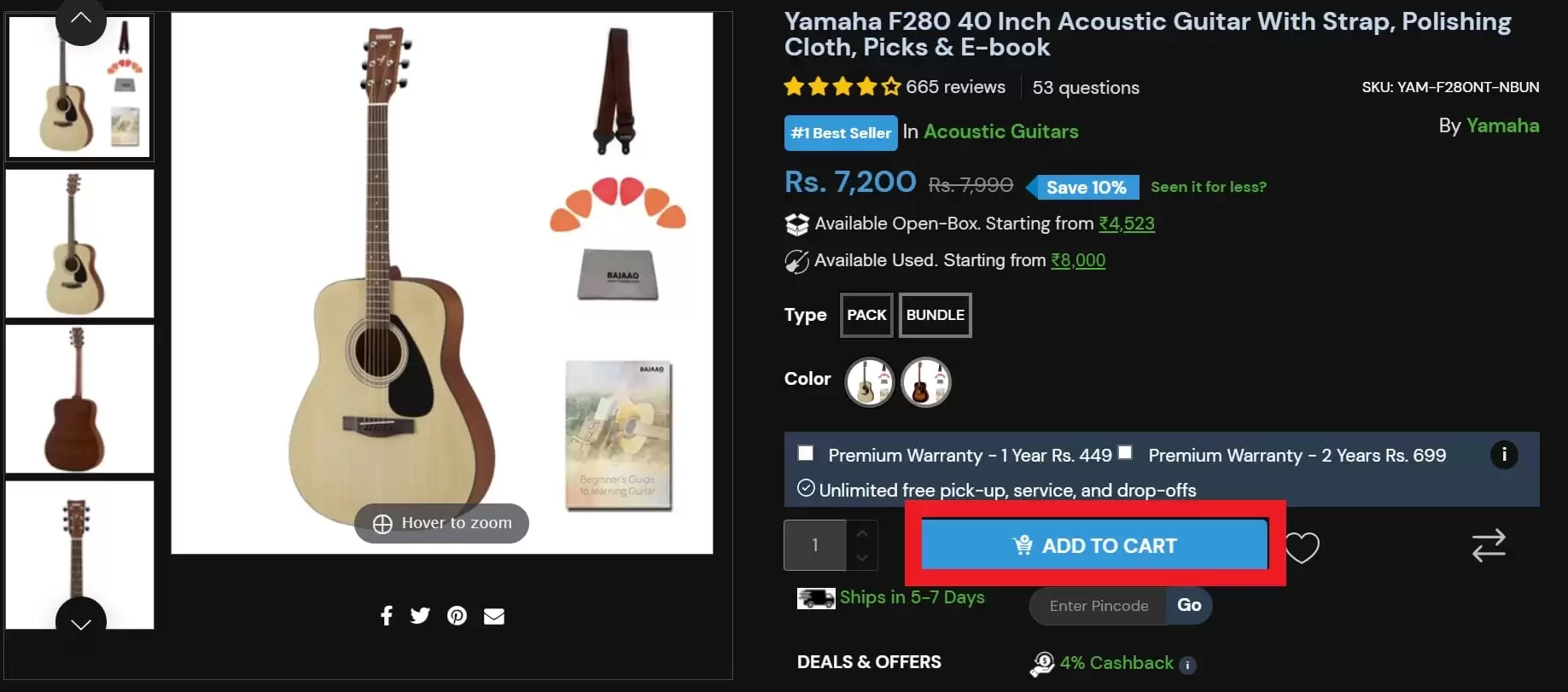
Once you detect “add_to_cart” events, consider implementing the following steps:
- Analyse the difference between the add-to-cart and purchase rates to understand why users are abandoning their carts.
- Analyse the conversion rate of products added to the cart to identify the top-performing products.
- Users always prefer simplicity! Simplify the checkout process as much as possible and provide them with the options they need.
- Retargeting users who have abandoned their carts is a good strategy. This way, you can remind them about your products and incentivize them to initiate the purchase process.
Begin_checkout
The “begin_checkout” event monitors when a customer starts the checkout procedure. The number of customers who proceed from the shopping cart to the payment stage page can be understood significantly from this event.
You can improve the user experience, find potential checkout process difficulties, and lower cart abandonment rates by looking at the “begin_checkout” event.
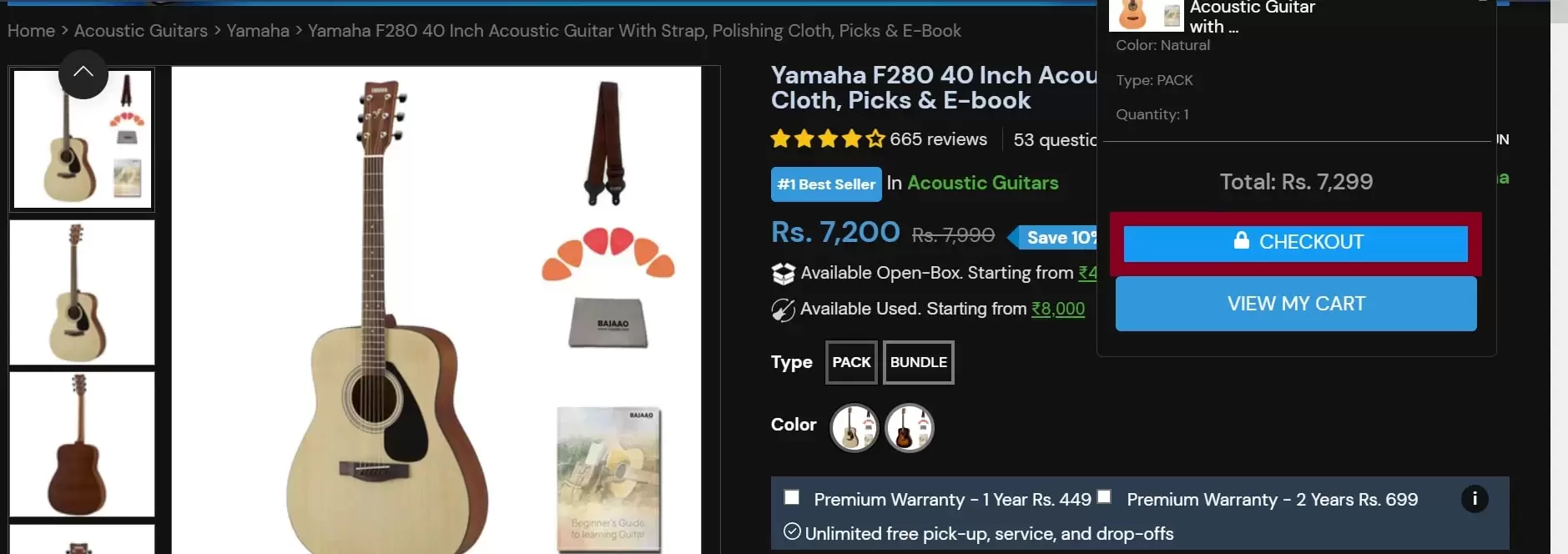
After detecting “begin_checkout” events, follow these guidelines:
- Analyse the checkout abandonment rate to identify any issues or obstacles that may cause customers to abandon the checkout process.
- When users encounter a problem during the checkout process, they are more likely to abandon it. Analyse the checkout abandonment rate and check for any technical issues.
- Optimise the checkout process by simplifying steps, reducing the number of form fields, and providing clear instructions.
- It is crucial to demonstrate trustworthiness to users. Include trust indicators such as secure payment badges and customer reviews in the checkout process.
Add_payment_info
During the checkout process, when a consumer inputs their payment information, the “add_payment_info” event is triggered. This action demonstrates a clear intention to finish the transaction.
You may assess the efficiency of your payment procedure, spot any problems that can prevent conversions, and adjust the payment flow to raise conversion rates by monitoring “add_payment_info” events.
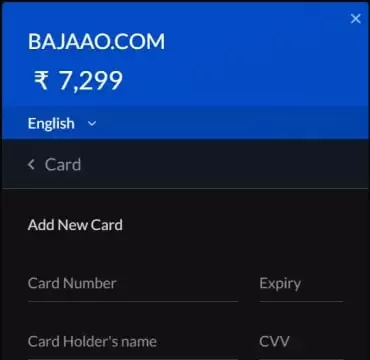
After detecting “add_payment_info” events, consider the following actions:
- Assess the efficiency of your payment procedure to ensure it is smooth and easy to use.
- Make sure users do not encounter any technical issues on the payment screen.
- Create diversity by offering not only the most popular payment options but also other payment methods. This way, you can reduce the number of users who abandon their purchases at the final stage.
Purchase
When a consumer successfully completes a transaction on your Shopify store, the “purchase” event is triggered. The measurement of profits, the efficiency of conversion, and the overall success of sales depend on this event.
By using this GA4 ecommerce event you may evaluate the success of marketing efforts, calculate the average order value, and pinpoint the client groups that generate the most money by keeping track of “purchase” events.
After detecting “purchase” events, consider the following steps:
- Analyse the purchase rates and return on investment (ROI) data to assess the level of success of your marketing strategies.
- Determine the average order value to better understand the customer’s shopping habits and reveal chances for upselling or cross-selling.
- To figure out the most significant client segments, categorise your customer base using purchase history and customise your advertising strategy appropriately.
- To increase customer satisfaction and promote potential new purchases, apply post-purchase activities such as order confirmation emails, customised suggestions, or benefits for loyal customers.
What Is Missing in the Google Sales Channel?
If you believe that the primary events mentioned above will be sufficient to grow your Shopify store, Google Sales Channel will be useful for GA4 ecommerce tracking.
However, unfortunately, performing Shopify store performance analysis solely focusing on basic events may not enable your store to reach the top 5% percentile.
This is because Shopify’s native solution may not provide you with many critical events. For example:
- “View item list” (category or collection view)
- “View cart”
- “Remove from cart”
- “Add shipping info”
- “Add payment info”
- “Add to Wishlist”
- “User Login/Register”
Therefore, what you need is a more detailed and organised system that allows you to see all the critical events.
At this very point, Analyzify is ready to assist you! Let’s see what Analyzify has to offer you!\n\n
What are the GA4 ecommerce events tracked via Analyzify?
Alright, let’s get straight to the point. With Analyzify, you can track ALL EVENTS! Analyzify enables you to track all GA4 ecommerce events within seconds. Moreover, with a dedicated support team by your side throughout the entire process, everything becomes much easier.
While you can track all GA4 ecommerce events with Analyzify, we have listed some of the most critical events for you. Remember, tracking these events is not possible with Google Sales Channel. Let’s dive in!
View_item_list
The “view item list” event tracks when a customer views a collection or category page on your Shopify store. It is an event that should be followed in order to analyse which collection or category page catches the attention of the users the most.
By following this event, you can identify the most popular products in your Shopify store and make optimisations.

After detecting “view_item_list” events, consider the following actions:
- Analyse which collections or categories users interact with the most and create a separate section for the ones that attract attention.
- Create separate advertising campaigns for popular products and increase their visibility.
- Consider implementing personalised recommendations or curated collections based on the most-viewed item lists.
View_cart
When a customer views their shopping cart before checking out, it is recorded as a “view_cart” event. You can learn more about cart abandonment rates and trouble spots in the checkout process by keeping track of this event.
By tracking this ecommerce event in GA4, you can improve the cart page, simplify the checkout process, and lower cart abandonment to boost conversions.

Consider putting the following into action after discovering “view_cart” events:
- Ensure that the cart page has clear calls-to-action (CTAs). If the visual interface is too complex, simplify it as much as possible.
- Users do not appreciate cart pages that require them to fill out excessive forms. It would be smarter to offer them promotions and showcase payment options on the cart page.
- Consider implementing cart recovery strategies such as abandoned cart emails or personalised offers to entice customers to complete their purchase.
Remove_from_cart
The “remove_from_cart” event logs a customer’s removal of a product from their shopping cart. This event gives you vital details about how customers make decisions and about potential obstacles that might keep them from completing the order.
You can spot any issues with usability, product problems, or pricing concerns that might be preventing customers from converting by analysing the “remove_from_cart” event.

Following the detection of “remove_from_cart” events, take into account the following:
- Analyse the reasons behind cart removals, such as high shipping costs, unexpected fees, or product dissatisfaction.
- There can be various reasons why users remove items from their carts. The most common ones include high shipping costs and unexpected fees. Optimise these aspects accordingly.
- Eliminate factors that negatively impact the user experience, such as insufficient product information or complex navigation.
- If your products are priced significantly higher or lower compared to your competitors, review your pricing strategies. This way, you can gain the trust of potential customers.
Add_shipping_info
When a consumer enters their shipping information during the checkout process, the “add shipping info” event takes place. This event enables you to monitor the fulfilment of shipment information, which is a vital stage in the purchase’s completion.
You can evaluate the performance of your shipping procedure and discover any problems or inaccuracies in shipping information collection. In this way, you can optimise the shipping cycle to enhance the overall customer experience by tracking the “add shipping info” event.
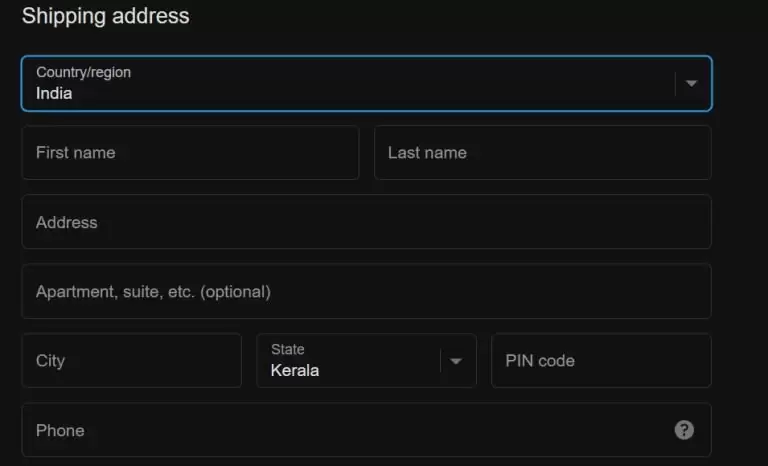
After detecting “add_shipping_info” events, consider the following steps:
- Ensure that the shipping information collection process is as simple and clear as possible.
- Optimise the shipping cycle by implementing the following actions:
-
- Make sure that the shipping options you offer to users are clear and reliable.
- To improve transparency, share updates concerning delivery and tracking information with customers.
- Implement automated notifications or personalised messaging to keep customers informed about their shipment status.
- Set up an automated notification system to share updates with users regarding the status of their shipments.
- Analyse customer feedback and ratings on shipping experiences to find subjects for enhancement and to fix any problems as soon as possible.
Add_to_wishlist
When a consumer adds a product to their wish list or favourites, the event “add to wish list” is triggered. This event gives you the opportunity to evaluate client interest in specific goods and better understand the items that resonate with those who are your target market.
By tracking this ecommerce event in GA4, you may uncover popular products, establish focused marketing campaigns for wish list items, and perhaps re-engage customers who have expressed interest in certain products by tracking the ‘add to wish list’ event.
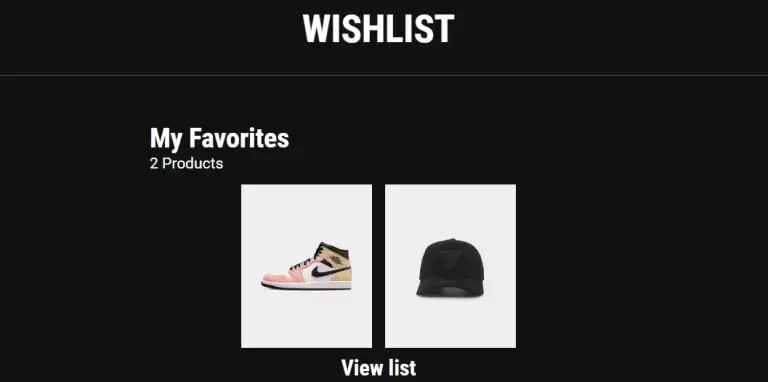
Consider the following steps after detecting “add_to_wishlist” eventst
- Analyse users’ preferences by identifying the products that are most frequently added to wishlists.
- Implement personalised recommendations or email notifications to remind customers about their wish list items and encourage them to make a purchase.
- Increase your potential customer base by promoting the products added to wish lists to users.
User_Login/Register
When the customer creates a new account or logs into their present account on your Shopify store, the “user login/register” event is triggered. This event reveals information on user engagement and loyalty.
You may assess customer retention, track customer growth, and examine the impact of user accounts on conversion rates and overall shop performance by monitoring the “user login/register” event.
After detecting “user_login/register” events, consider the following steps:
- Analyse returning customers and their interactions with your products.
- Track customer growth to access data that will help you review your customer acquisition strategies.
- Offer exclusive promotions and customised offerings to incentivize returning customers to make purchases.
- Implement loyalty programs or rewards for registered customers to enhance customer loyalty and repeat purchases.
Final Thoughts
In conclusion, the success of your Shopify store will depend on the quantity and quality of the data at your disposal. If you believe that you can grow your Shopify store sufficiently with basic events, you can track GA4 ecommerce events using Google Sales Channel.
However, if you require more data and detailed analysis, Shopify’s native integration may not be sufficient.
But don’t worry, Analyzify is here to help! Now, meet Analyzify and track all GA4 ecommerce events with ease!































